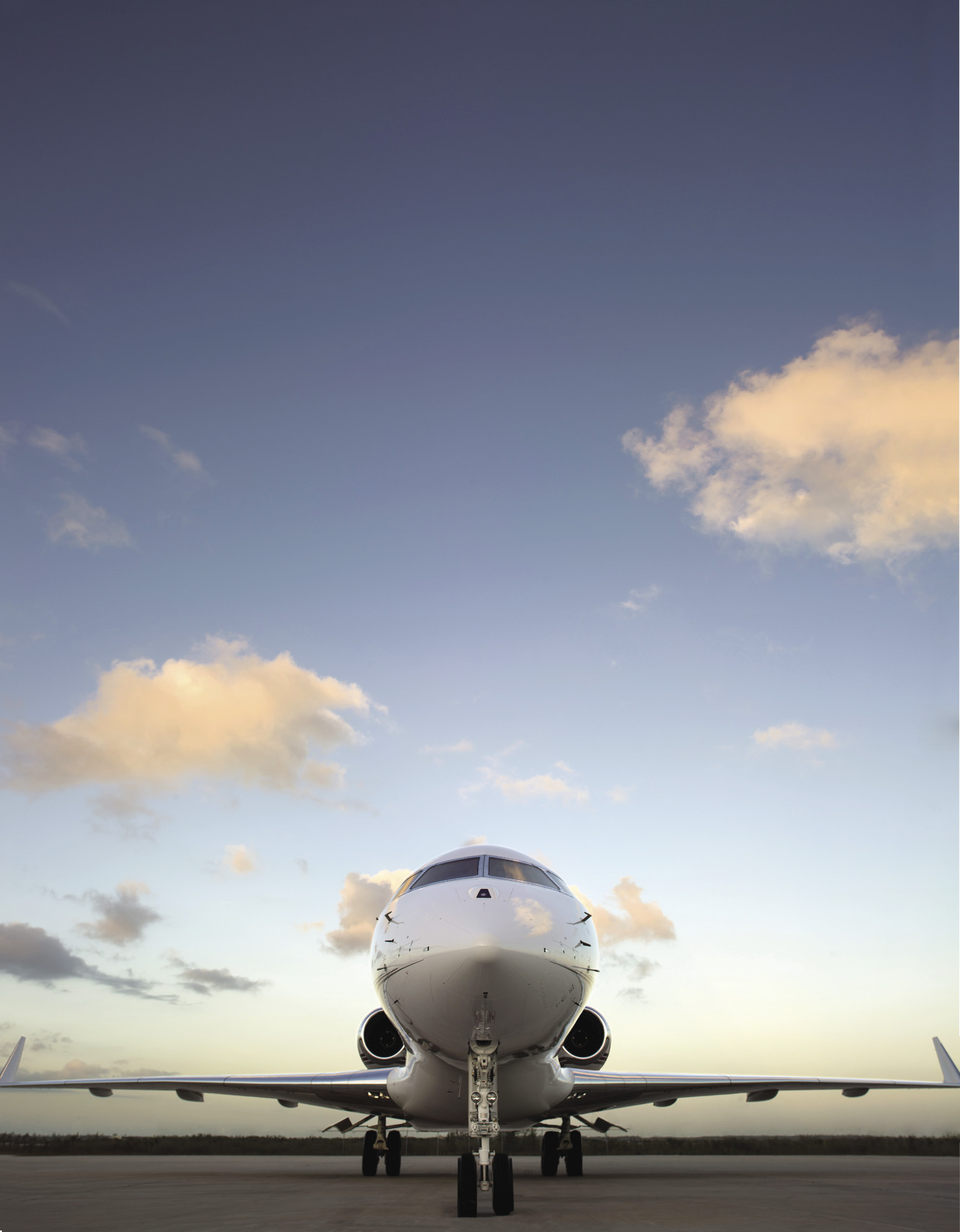


![]()
ONLINE

A Flexible Fleet
Editors’ Note
Chuck Suma joined NetJets in 2010 with more than 35 years of aviation experience in the manufacturing, sale, and support of general aviation aircraft. Prior to joining NetJets, he was President and Chief Executive Officer of Piper Aircraft, where he was responsible for overseeing the development of 11 new model aircraft from product concept through FAA certification and customer delivery, while building a worldwide sales and support network.

How do you differentiate your fleet in this market?
We segment the airplane into areas: a crew area and a cabin area.
On the crew side, we look at all the operational requirements: where we’re going to be flying the planes, what capabilities we’ll need, and what regulatory environment those operations require now, and will require in the future.
In the galley area, which is designed to be ergonomically optimized based on what flight attendants need to support the flight requirements of our owners, we make sure that we have everything to support the service that is expected.
On certain airplanes, you can have up to 13 people onboard. So for a 2,000 to 6,000 nautical mile trip, you have to prepare for food service.
Working with the original equipment manufacturer (OEM), we specify exactly what we would like onboard in terms of equipment, and we source from other providers a selection of silverware, dishware, and linens.
We also invest time on detail work in the cabin and through owner surveys to determine what systems and services they most desire.
Connectivity is very important, for instance. One of our capabilities is inflight WiFi, including satellite WiFi on our Global 5000/6000 aircraft.
Our Signature Series, for instance, is defined by the way we have configured the airplane with Signature Series hand-selected, high-end finishes.
There are Signature Series amenities we add after we buy the aircraft from an OEM, such as humidity control equipment, acoustics to reduce the cabin noise levels, and ergonomically advanced seats, all to enhance the owners experience on the flight.
What changes are you making to the light cabin aircraft, and how is that category evolving?
In 2010, our fleet included 24 different models of airplanes; our goal is to have seven by 2022. Our aircraft purchase agreements focus on the goal to create a more efficient fleet.
The very high end of the light-cabin class is where the Signature Series Phenom 300 fits.
We chose the Phenom because of its style, capability, and reliability – this newly designed airplane has the latest innovations in technology.•